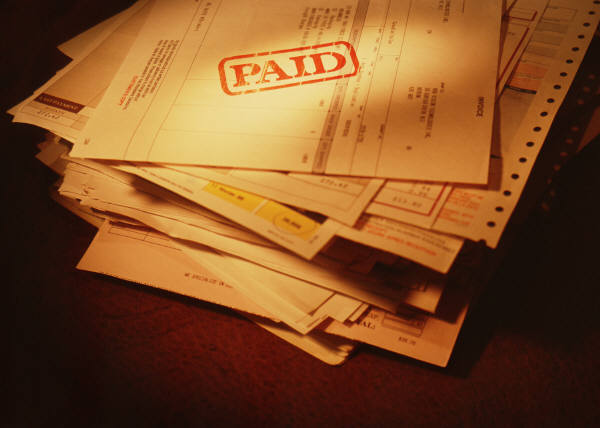
This is part of a series of blog articles titled The Automation Dilemma, which highlights some of the common “do’s and don’ts” when automating your company’s export compliance process. Be sure to read Article #1, Article #2, and Article #3 for all the posts in this series.
Continuing with The Automation Dilemma series, I thought I would focus on one of the most import documents used in international transactions: the commercial invoice. This article focuses on what information to add to your to documentation, to ensure you have a smooth and timely customs clearance.
When I first started out in the trade compliance area, a manager told me: “A good export is a good import.” As my career expanded to dealing with larger supply chains and increasing suppliers from around the world, it became apparent to me that this statement would represent the majority of my day-to-day job responsibilities. I would spend most of my time focusing on how to get the data needed on the documentation. Of course, the first thing you must know is what data to gather and how to communicate it to the rest of the supply chain.
Commercial invoices are the key obstacle to overcome in your customs clearance process. (They are also the most common problem in getting that clearance.) The information you put on this document can either hinder or help your import and export clearance process. The Commercial Invoice (also known as a “Shipping Invoice”, “Shipper” or “ProForma Invoice”) is the main document used by your freight forwarders and customs brokers to complete the required government clearance documentation. If you have freight forwarders complete the Electronic Export Information (EEI) / Automated Export System (AES) records on your behalf, then they will rely on your commercial invoices to get all the information they need. If there’s not enough information, they will have to stop everything, call or email you for the information needed, and risk a delay in delivering your shipment.
The same things apply with imports. Commercial invoices are used to complete the Customs Entry documents. If the information isn’t available or clear, the Customs Broker has to stop the process and contact the importer for more information. This process may add days to your clearance, not to mention risks of intensive exams, seizures, additional fees and penalties from Customs if you miss the clearance deadline.
So, what information should your commercial invoice contain? Here’s a table which explains the most significant data to include on your commercial invoice to help expedite the shipping process.
Although these data elements can be included on Commercial Invoices, your company can also add them to other shipping documents instead. For example, you may not be able to include all these elements on a commercial invoice that is already loaded with other data, but you could add them to a packing slip. Automating your process to ensure that the correct data appears on these documents, every time, is a big step towards an easier import/export process.
They key is to make sure you are providing all the relevant date to your service providers to expedite the customs clearance process. If they don’t have the data, they cannot properly clear the goods.
Tom Reynolds is the President of Export Solutions, a consultancy firm which specializes in helping companies with import/export compliance.
